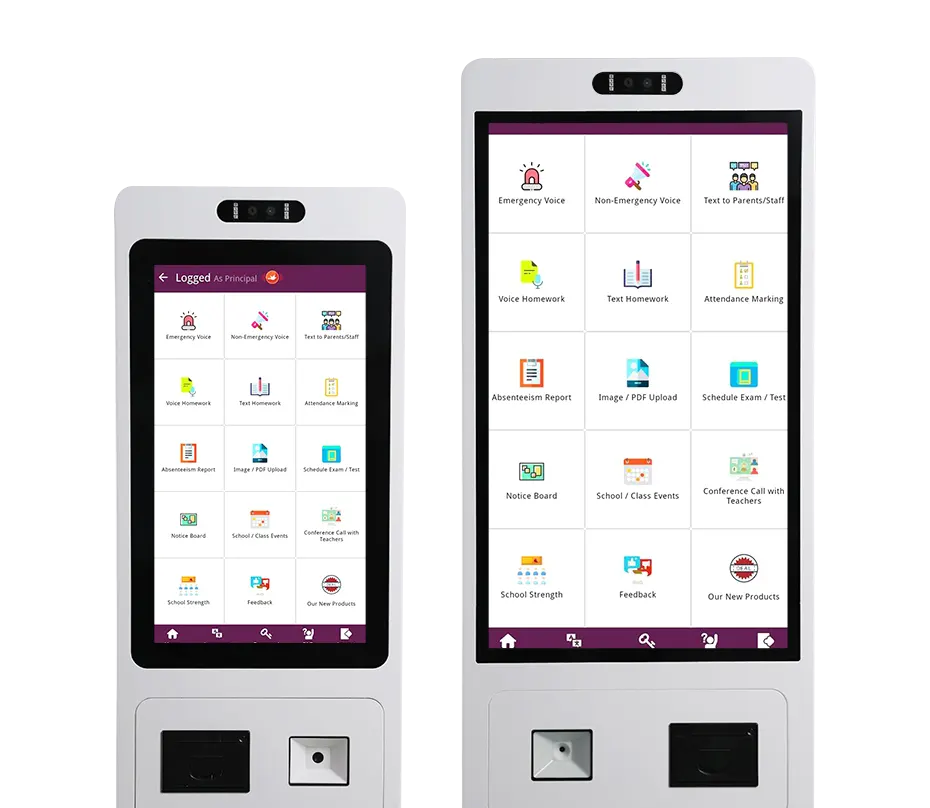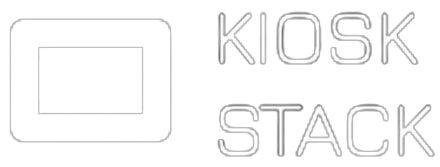The debate between capacitive and resistive touch displays has always captivated consumers. With each technology having pros and downsides of its own, people are left wondering which is truly superior. Having a firm grasp of the fundamental differences is necessary to make an informed decision. To comprehend the benefits and drawbacks of
In this section, we will examine and contrast pacitive and resistive panels.
What Is a Capacitive Screen?
A capacitive screen is a type of touch-sensitive display that uses the electrical properties of the human body to detect touch input. These screens are made of layers of electrically charged storage devices, either glass or plastic. When a conductive object—like a finger—touches the screen, the electrical fields are disrupted, allowing the device to detect touch.

Table of Contents
ToggleComponents of Capacitive Screens
The main components of capacitive screens are a conducting layer, a protective cover, and sensors.
The sensors pick up on changes in electrical fields brought about by touch input.
Electrical charge is transferred and stored by the conductive layer. Usually, indium tin oxide or a similar material makes up its composition.
The protective cover helps shield the screen from dings and other harm.
How Function Do Capacitive Screens?
Electrical capacitance is the basis for the operation of capacitive touchscreens. When a conductive object, such a finger, enters the screen’s electrostatic field, accurate and immediate touch identification is made possible.
Advantages of Capacitive Screens
High sensitivity: Capacitance touch screens respond quickly to pressure, providing consumers with a precise and flawless experience.
Support for multiple touches: Capacitive screens enable the simultaneous identification of multiple touch points, enabling the implementation of gestures like pinch-to-zoom and swiping.
Durability: Capacitive panels are often more resilient than resistive displays since they are not subject to pressure-related wear and tear.
Clarity: Capacitive displays usually provide more brightness and clarity than other screen types, resulting in an aesthetically beautiful display.
The Drawbacks of Capacitive Displays
Although capacitive touch panels have several benefits, they
A Resistive Screen: What Is It?
A touch-sensitive display with multiple layers, usually consisting of two electrically conducting layers divided by a tiny gap, is called a resistive screen. Glass or another stiff material is used to form the inner layer, while a transparent material such as polyester makes up the outside layer. Resistive screens detect one touch point at a time, in contrast to capacitive panels, which allow for multi-touch motions.

Parts of Resilient Screens
- Top layer: Usually composed of indium tin oxide (ITO), this flexible, transparent, and conductive layer is present.
Spacer dots/Grid: To maintain a precise distance, microscopic dots or grids are used to separate the top and bottom layers.
Bottom layer: A second transparent layer that is perpendicular to the top layer and has conductive qualities. This layer is usually ITO.
Flexible circuit: Sends touch data by connecting the bottom layer to the controller.
Controller: Converts touch input into commands for the object by processing it.
How Are Resistive Screens Operational?
The position and strength of touch input can be detected by the device thanks to resistive displays, which sense changes in electrical resistance in response to pressure. When the screen’s two conducting layers are compressed, they bend and come into contact with one another, causing a detectable shift in resistance that is translated into a touch command.
The Benefits of Touchscreen Resistors
- Cost-effective: Resistive screens are less expensive to produce than their capacitive equivalents since their manufacture is comparatively easier.
Widely compatible: Any input device, including a stylus, finger, or gloved hand, can be used to control resistive touchscreens.
Resistance to Dust and Water: The gadget is shielded from both moisture and particles coming through the screen by multiple levels of protection.
Pressure sensitivity: A resistive touchscreen’s ability to precisely sense pressure enables a range of touch input intensities.
The Resistive Technology’s Limitations
- Diminished clarity: The brightness and clarity of displays can be affected by the resistive touchscreens’ numerous layers.
Wear and tear prone: Over time, the physical pressure needed for input recognition can cause wear and tear on the flexible layers of resistive touchscreens.
Limited multitouch functionality: Compared to capacitive touchscreens, resistive touchscreens usually respond less quickly to multitouch motions.
Table of Comparing Resistive and Capacitive Touch Screens
The table comparing capacitive and resistive touch screens can be found here.
AspectTouchscreen CapacitiveHow a Resistive Touch Screen Operatesdetects variations in electrical fields brought on by contactLayers with pressure sensitivity record touchpoints.
Advantages1. Capable of many touches 2. Extremely sensitive
2. Sturdy and resistant to scratches1. Compatible with all styluses; 2. Low power usage
3. Economical resolution
Restrictions1. Only sensitive to touch 2. Easily influenced by dirt and dampness 1. One-touch operation
2. Reduced clarity and resolution
Table of comparison between resistive and capacitive touchscreens
Which Screen Is Your Favorite?
A number of considerations are taken into account while choosing the best touchscreen technology to guarantee improved usability and functionality.
Balance Needs: Individual vs. Commercial Use
Capacitive screens are advised for personal usage. For activities like utilizing social media on smartphones and tablets, playing games, and browsing the internet, their high sensitivity and multi-touch capability make them perfect. Capacitive screens’ clarity and responsiveness improve the user experience in general for both productivity and personal entertainment.
On the other hand, capacitive screens’ drawbacks for industrial use—such as their sensitivity to moisture and size restrictions—may provide difficulties in some settings. Screens for industrial applications can need to endure tough circumstances, such as being exposed to liquids and heavy use. Industrial environments where dependability and usefulness are critical may favor resistant screens because to their greater durability and glove-friendly operation. The price of capacitive screens may also be taken into account
Think About Your Budget
Budgetary constraints are a major factor when choosing the right touchscreen technology. Because of their exceptional affordability, resistive touchscreens are a desirable choice for customers on a tight budget. Because resistive displays are easier to manufacture, production costs are reduced, making devices with this technology more accessible.
However, because of their complex construction and materials, capacitive displays can cost more to produce, which could affect the final cost of products that use this cutting-edge technology.
In summary
In summary, the decision between capacitive and resistive panels ultimately comes down to personal taste and the demands of a given application. Resistive panels provide longevity and support for a variety of input techniques, whereas capacitive screens shine in terms of responsiveness and multi-touch capabilities. In order to choose the best touchscreen solution for your requirements, you must consider the advantages and disadvantages of each technology, regardless of whether precision or resilience are more important to you.


